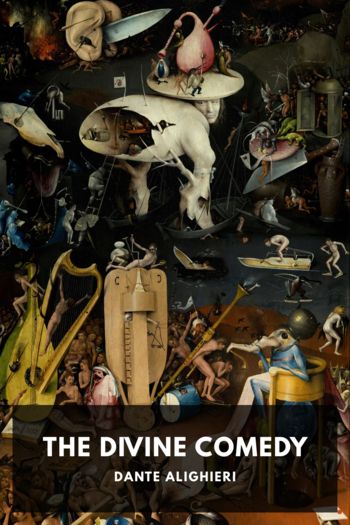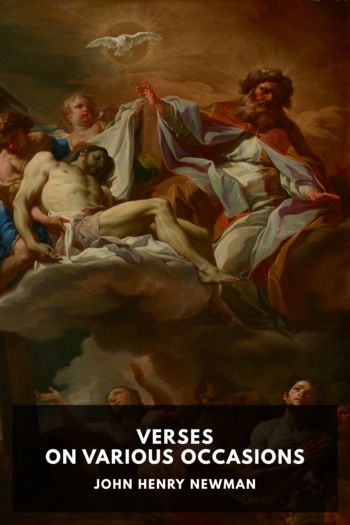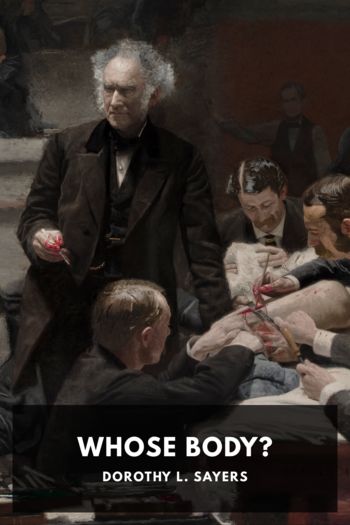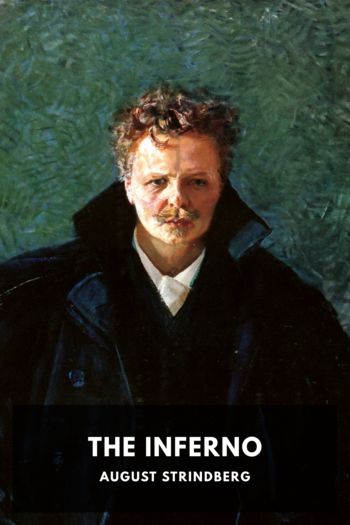The Divine Comedy, Dante Alighieri [best thriller novels of all time TXT] 📗

- Author: Dante Alighieri
Book online «The Divine Comedy, Dante Alighieri [best thriller novels of all time TXT] 📗». Author Dante Alighieri
Thou, too, as well as Charon, to whom Virgil has already made the same reply. Canto VI 22. ↩
In Canto I 60, the sun is silent; here the light is dumb. ↩
Gower, Confessio Amantis, VIII, gives a similar list “of gentil folke that whilom were lovers,” seen by him as he lay in a swound and listened to the music
“Of bombarde and of clarionne
With cornemuse and shalmele.”
↩
Queen Dido. ↩
Achilles, being in love with Polyxena, a daughter of Priam, went unarmed to the temple of Apollo, where he was put to death by Paris.
Gower, Confessio Amantis, IV, says:—
“For I have herde tell also
Achilles left his armes so,
Both of himself and of his men,
At Troie for Polixenen
Upon her love when he felle,
That for no chaunce that befelle
Among the Grekes or up or down
He wolde nought ayen the town
Ben armed for the love of her.”
“I know not how,” says Bacon in his “Essay on Love,” “but martial men are given to love; I think it is but as they are given to wine; for perils commonly ask to be paid in pleasure.” ↩
Paris of Troy, of whom Spenser says, Faerie Queene, III, ix 34:—
“Most famous Worthy of the world, by whome
That warre was kindled which did Troy inflame
And stately towres of Ilion whilome
Brought unto baleflill ruine, was by name
Sir Paris, far renown’d through noble fame.”
Tristan is the Sir Tristram of the Romances of Chivalry. See his adventures in the Mort d’Arthure. Also Thomas of Ercildoune’s Sir Tristram, a Metrical Romance. His amours with Yseult or Ysonde bring him to this circle of the Inferno. ↩
Shakespeare, “Sonnet CVI”:—
“When in the chronicle of wasted time
I see descriptions of the fairest wights
And beauty making beautiful old rhyme
In praise of ladies dead and lovely knights.”
See also the “wives and daughters of chieftains” that appear to Ulysses, in the Odyssey, Book XI.
Also Milton, Paradise Regained, II 357:—
“And ladies of the Hesperides, that seemed
Fairer than feigned of old, or fabled since
Of fairy damsels met in forest wide
By knights of Logres, or of Lyones,
Lancelot, or Palleas, or Pellenore.”
↩
In the original, l’aer perso, the perse air. Dante, Convito, IV 20, defines perse as “a color mixed of purple and black, but the black predominates.” Chaucer’s “Doctour of Phisike” in the Canterbury Tales, Prologue 441, wore this color:—
“In sanguin and in perse he clad was alle,
Lined with taffata and with sendalle.”
The Glossary defines it, “skie colored, of a bluish gray.” The word is again used, VII 103, and Purgatorio IX 97. ↩
The city of Ravenna. “One reaches Ravenna,” says Ampère, Voyage Dantesque, p. 311, “by journeying along the borders of a pine forest, which is seven leagues in length, and which seemed to me an immense funereal wood, serving as an avenue to the common tomb of those two great powers, Dante and the Roman Empire in the West. There is hardly room for any other memories than theirs. But other poetic names are attached to the Pine Woods of Ravenna. Not long ago Lord Byron evoked there the fantastic tales borrowed by Dryden from Boccaccio, and now he is himself a figure of the past, wandering in this melancholy place. I thought, in traversing it, that the singer of despair had ridden along this melancholy shore, trodden before him by the graver and slower footstep of the poet of the Inferno.” ↩
Quoting this line, Ampère remarks, Voyage Dantesque, p. 312:—
“We have only to cast our eyes upon the map to recognize the topographical exactitude of this last expression. In fact, in all the upper part of its course, the Po receives a multitude of affluents, which converge towards its bed. They are the Tessino, the Adda, the Olio, the Mincio, the Trebbia, the Bormida, the Taro;—names which recur so often in the history of the wars of the fifteenth and sixteenth centuries.”
↩
Here the word love is repeated, as the word honor was in Canto IV 72. The verse murmurs with it, like the “moan of doves in immemorial elms.”
St. Augustine says in his Confessions, III 1:—
“I loved not yet, yet I loved to love … I sought what I might love, in love with loving.”
↩
I think it is Coleridge who says:—
“The desire of man is for the woman, but the desire of woman is for the desire of man.”
↩
Caïna is in the lowest circle of the Inferno, where fratricides are punished. ↩
Francesca, daughter of Guido da Polenta, Lord of Ravenna, and wife of Gianciotto Malatesta, son of the Lord of Rimini. The lover, Paul Malatesta, was the brother of the husband, who, discovering their amour, put them both to death with his own hand.
Carlyle, Heroes and Hero Worship, Lect. III, says:—
“Dante’s painting is not graphic only, brief, true, and of a vividness as of fire in dark night; taken on the wider scale, it is every way noble, and the outcome of a great soul. Francesca and her Lover, what qualities in that! A thing woven as out of rainbows, on a ground of eternal black. A small flute-voice of infinite wail speaks there, into our very heart of hearts. A touch of womanhood in it too: della bella persona, che mi fu tolta; and how, even in





Comments (0)